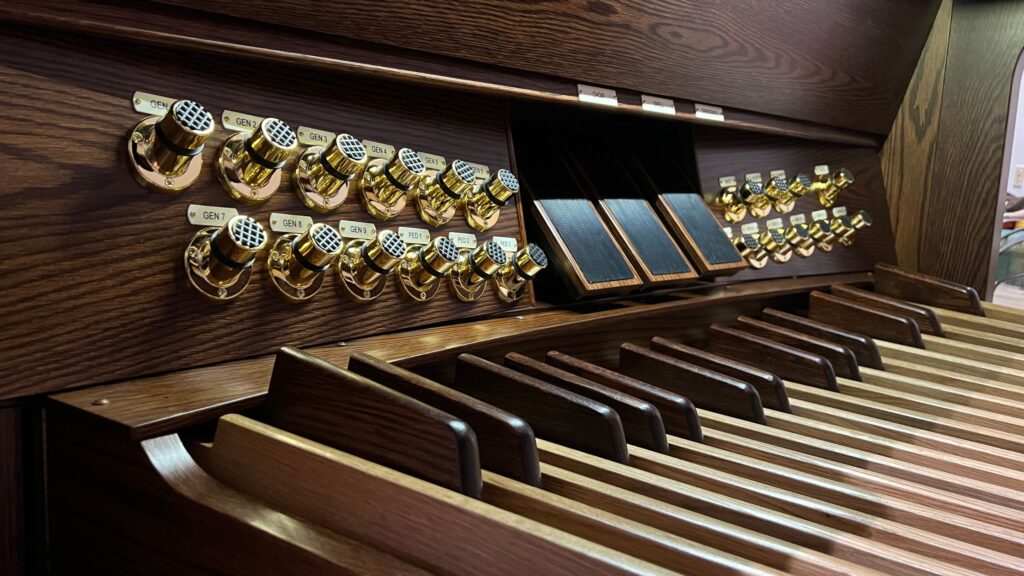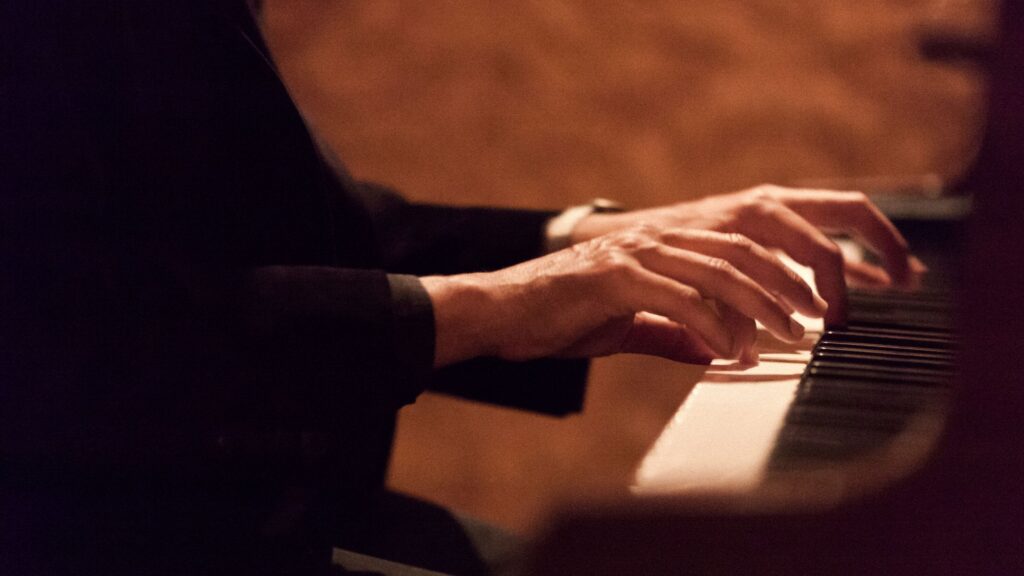
How to Perfect Your Pedal Technique on the Organ
- By Josh Dove
If you play the organ—whether a pipe organ or a digital organ—you know how essential pedal technique is for producing beautiful music. Yet, many organists neglect pedal scales in their daily practice because they are unsure how to approach them efficiently. This is a mistake!
Practicing pedal scales improves ankle flexibility, control, and precision. Today, we’ll walk you through the traditional technique for playing pedal scales, helping you become a more proficient organist.
Here are some helpful techniques on how you can play the organ in a better way:
Keep Knees and Heels Together
Traditionally, organists keep their knees and heels together when playing pedals. This means your feet should move as one unit, ensuring greater efficiency and control.
For some, keeping the knees together isn’t practical—and that’s okay! If that’s the case, focus on keeping your heels together while playing pedal scales. This simple adjustment can make a significant difference in your technique.
Play with a Smooth Legato
To create seamless transitions between notes, practice playing legato. This means avoiding any gaps between notes, ensuring a smooth and connected sound.
While playing legato with your fingers is straightforward, achieving this with your feet takes practice. If you struggle at first, don’t get discouraged! With consistent effort, legato pedaling will become second nature.
Use the Toe-Toe-Heel-Heel Technique
One of the most efficient ways to pedal is the toe-toe-heel-heel technique. Here’s how it works:
Play the first note with your left toe.
Play the second note with your right toe.
Play the third note with your left heel.
Play the fourth note with your right heel.
Repeat the pattern as you ascend the scale.
For descending scales, reverse the pattern. Mastering this technique helps keep your knees and heels together while teaching you to play with the inside of your feet.
Adjust Pedaling for Accidentals
Sometimes, you’ll need to modify your pedaling to accommodate accidentals. Since sharp keys cannot be played with the heel, you’ll need to adjust accordingly.
If a scale requires you to start with the heel, begin from the middle of the scale and work downward.
For keys with three consecutive sharps or flats (like F# major), use the same toe to slide between notes. This is an acceptable technique!
Build Strength Through Consistent Practice
To improve your pedaling, start slowly and focus on one major and one minor scale per week.
Aim for fluid legato playing, ensuring each note sounds even.
Each week, add another pair of scales.
By week 12, you should be able to play all the scales fluently.
After that, incorporate them into your daily practice.
With consistent effort, your ankle flexibility and control will improve. In just a few months, you’ll notice significant progress in your pedal technique.
Practice on a High-Quality Digital Organ
Practicing on a high-quality digital organ makes a difference. A Viscount Organ, we offer advanced technology and precision, making it the perfect instrument for developing your pedal technique at home.
Ready to take your organ playing to the next level? Contact us today, and we’ll help you find the ideal organ for your practice needs.
Related Posts

Why Pianists Should Learn the Organ

Pipe Organ Tuning: 4 Clear Signs Your Instrument Needs Attention

